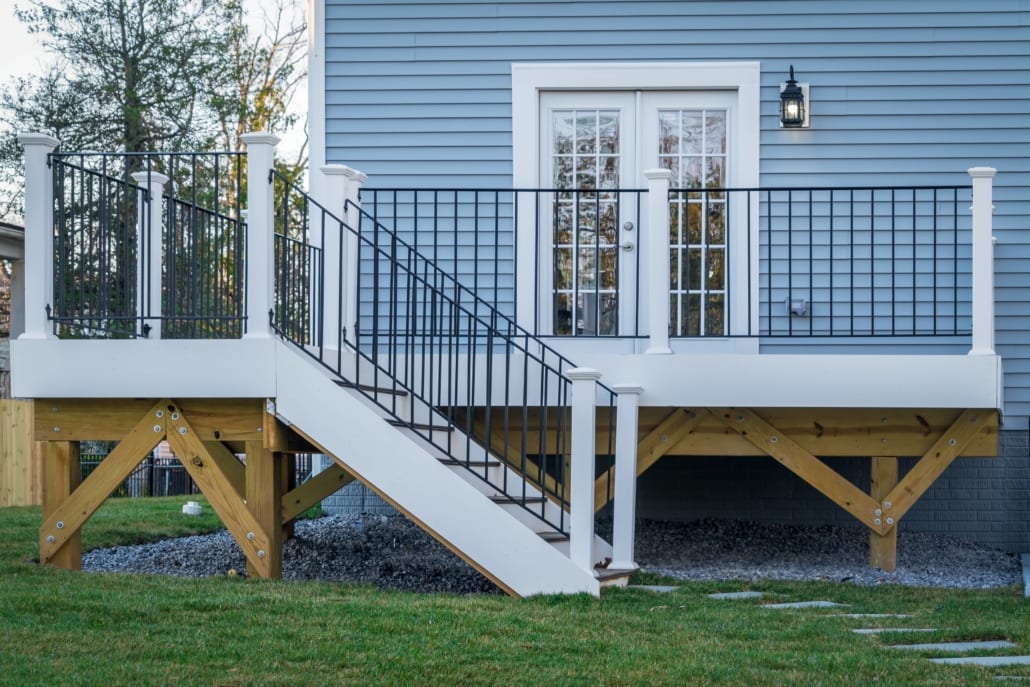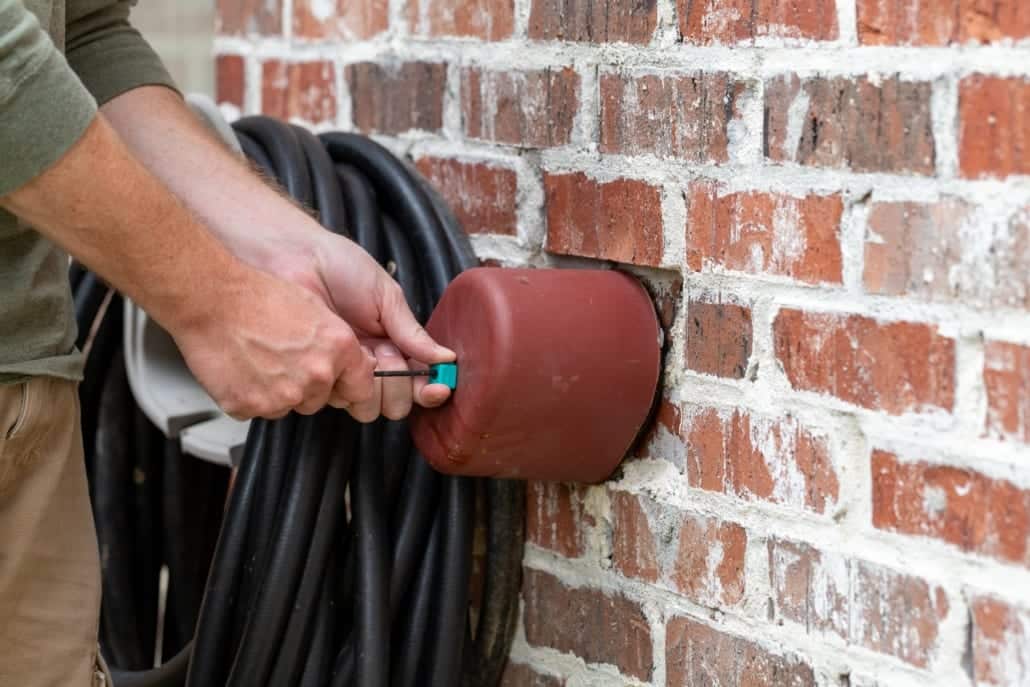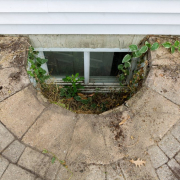Deck Inspection: What You Need to Know
A deck on a home is a luxury as not every home has one. It is the place for families to gather and entertain as well as relax. However, they do need to be inspected to make sure they are durable and strong. There are 45 million decks and about 45% of them are safe. This means 55% of them are not. The last thing you want is for a deck to collapse. What do you need to know about the deck inspection? Make sure that you have the permit and building it correctly. Follow the order of events to get you to the inspection and what to check on your own after you pass the inspection.
Let’s take a look at why you need to know about deck inspections, the cost, what inspectors look for when building a deck, homeowner deck inspection, deck maintenance, other maintenance, and when to call a professional.
Why You Need to Know About Deck Inspections
Do you have a deck? If yes, listen (or read) closely. Sometimes we don’t think that inspecting the deck is important. If you are building a deck, you need to have it inspected and approved. However, if you have one you need to keep up the maintenance. The spring is a perfect time here in Illinois and colder states. After the winter storms and as spring is starting to begin is great so you can get the deck ready for your summer cookouts and parties.
Cost of a Deck Inspection
A deck inspection can cost from $25 to $200 depending on the length of time needed for structural, safety, and common building code violations check.

Building a Deck? Here is What the City and Home Inspectors Will Check
City Inspector
- The city inspector is in charge of making sure that the plans you submitted are in compliance with local and zoning codes and regulations
- You will want the inspector to check the framing before the decking is installed so he/she knows it is in compliance and also for safety
- Schedule footing inspection before pouring the concrete foundation as footings must pass inspection before you pour the concrete!
- Lastly, the inspector will check the base sizes and depths of the holes against the plans you submitted to make sure they are in compliance
When the entire project is complete, the inspector will need to be called for a final inspection to close out the permit. It is always a good idea to attend the inspection, however if you can’t, post the plans in a place where the inspector can see it to sign
If you get a failure notice for the deck, find out what needs to be fixed and have it re-inspected by a professional.
Home Inspector
The home inspector will inspect the deck after the city inspector has approved it and check for:
- Proper joist hangers
- No missing fasteners
- Good connections for beams
- All hardware connections.
- As with the city inspector, try to attend the inspection so you can find out if there are any issues and anything the city inspector might have missed.
The idea is to make sure the deck is in compliance and safe.
Here is a great video below about the 6 warnings of an unsafe deck:
Deck Statistics From InterNACHI
- Many deck collapses happen while people are on them or have heavy snow on them.
- Decks collapse more in summer than other times of the year.
- 90% of deck collapses happen because of separation of the house and the deck ledger board. This allows the deck to move away from the house causing it to collapse.
Keep these things from happening by also doing your own maintenance inspections.

Homeowner Deck Inspection
When checking out your deck, pay attention to the following:
Insect Damage
The wood used to build the deck is treated to keep the ants and termites away. However, sometimes this step is skipped or the deck was built before the 1980’s. In this case, there could still be damage from ants and termites. Take a look around the outside of the deck and where it is attached to the home. If you live in a more humid climate, there is a better chance you will have termite issues. If you notice when you walk on the deck that it sways a little, this is a good time to call a professional to check it out.
Under the Deck
Going under the deck is the next area to check. You are looking for any rusting of fasteners, connectors, and joists. These should be in good shape. Bolts, screws, nails, and metal connector plates should also not be rusting and should be in place. If there are any areas you have concerns about, contact a professional. It is better to be safe than sorry.
Is your deck 10 years old or older? If it is, you will want to contact a professional who knows about the codes to make sure it is in compliance.
Cracks and Rotting
If you notice a crack on the floorboard, watch it over the next few months. If it starts to grow, you will need to replace it. Also, if you notice any wood rotting and it has spread across the beams replacing them is a good idea.

Checking the Railing
According to InterNACHI, there are more injuries because of rail failure than deck collapse. Also, deck stairs are known for not having handrails that are graspable. It is important to make sure the handrails are on the deck to help those who need them when going up and down the stairs.
Mildew and Mold
It can be difficult to avoid mildew and mold depending on the climate and also weather patterns. However, you can monitor it and make sure you treat it when you see it. Mildew can make the steps very slippery so you need to check often to make sure it isn’t there. If it is starting to form, wash down the deck.
Mold can grow on the deck, especially on the wood. However, mold can also grow on concrete. This happens in humid climates but also when trees and branches cover the ground or the deck. Often, there is concrete near the deck so keep an eye out. You don’t want it to be prone to accidents.

Deck Maintenance
Resealing and staining the deck every 2 to 3 years is important. It reduces cracking from water but also heat and cold temperatures.
Removing snow from the roof and the deck is important to make sure it does not allow the deck to collapse.
Check the eaves and gutters to make sure they are working well as you don’t want there to be water coming off the roof and causing mildew on the deck. This can easily happen if the water is coming over the sides and sitting in puddles on the deck.
Continue to inspect the footings of the deck as they are a major part of the decks foundation. If there are cracks in the concrete around the footings, call an inspector to check it out.

Other Maintenance
If you leave your home for the winter, you want to dewinterize it when you come back. This includes checking the deck for the issues above and making sure that the outdoor spigots, that are often close to the deck, are working. Don’t forget you may have put outdoor faucet covers on them before you left so take these off after the last freeze.
When checking out the deck, pay attention to other areas around the home. For example, is there negative grading in the yard? If so, you want to get that fixed. It can cause the ground to become too soft and a hazard for the deck.
Also, if you are looking around the home and think you see moisture intrusion, hiring a licensed home inspector who uses thermal imaging is a smart idea.
When to Call a Professional
Call a professional if you need an inspection on your deck or there is an area of concern. You want to make sure that the deck is safe as many accidents occur when a deck is not structurally sound.
Conclusion
It can be hard to know what an inspector will look for so we let you know in the blog. After the inspection is done and complete, it is you the homeowner that has to continue to do maintenance and check the deck for any issues. You will want to find these before it becomes an issue, injury, or death. We can inspect your deck while we do home inspections in the Chicago area. Think you might need our services? Leave us a comment below!










